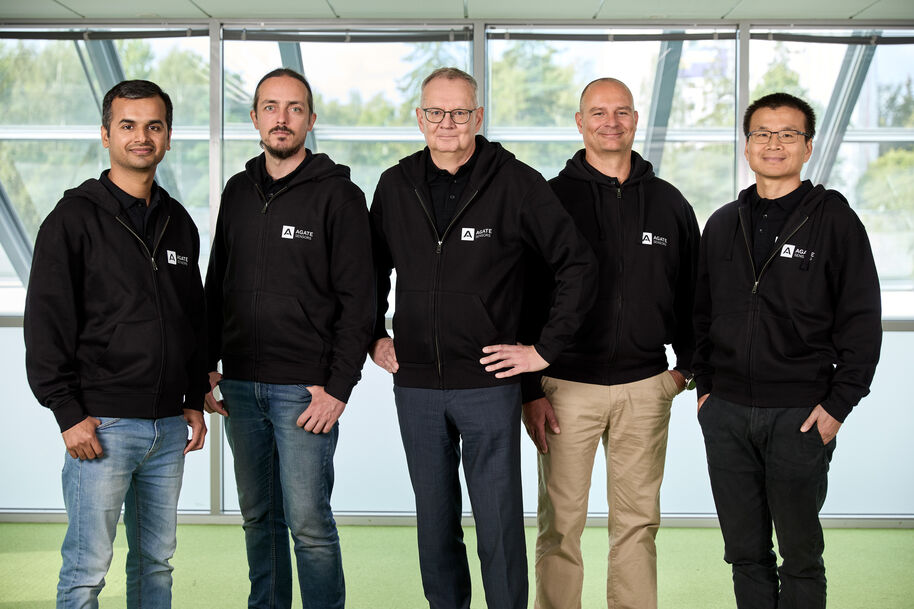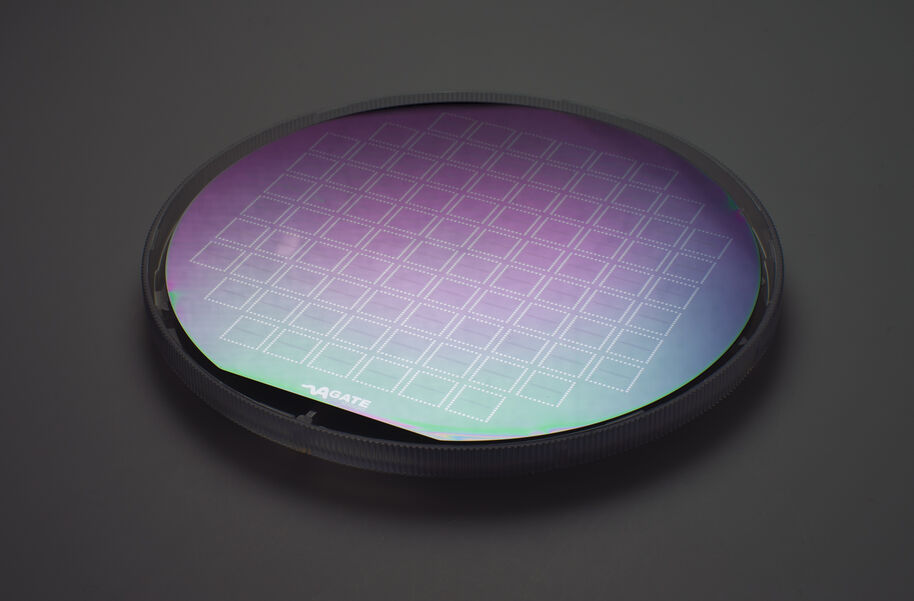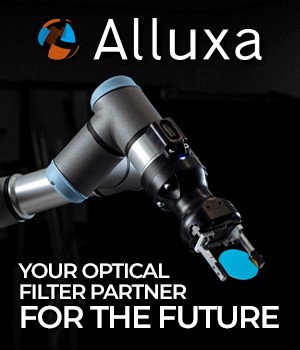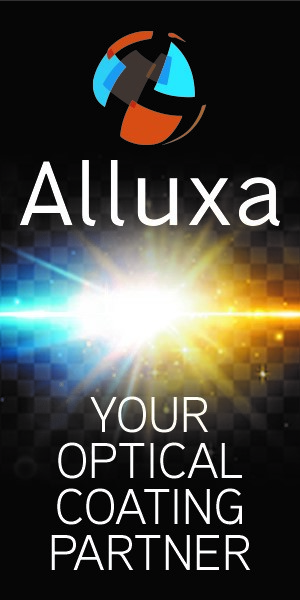11.9.2025
Agate Sensors, a startup originating from Aalto University, has raised €5.6 million in funding for its spectral sensor technology — offering the accuracy of large and expensive imaging devices in a form factor small enough to fit in smartwatches and mobile phones. This innovation opens up new opportunities in areas such as health monitoring and food quality control. 'The company would not exist without the basic research conducted at Aalto and the breakthrough that resulted from it,' says Mikael Westerlund, the company's Chief Business Officer.
The human eye and typical phone cameras can detect only three wavelength ranges from the light spectrum: red, green, and blue.
‘That’s just a fraction of the information contained in light,’ says Westerlund.
Agate Sensors is commercializing a breakthrough that brings the power of hyperspectral imaging from the laboratory to entirely new markets — in an unprecedented size and price range.
Hyperspectral cameras and sensors record significantly more data about the wavelength and intensity of light than the human eye or a standard camera. They utilize a broader portion of the electromagnetic spectrum, enabling them to detect countless invisible properties — from plant nutrient levels to gunpowder residue in clothing.
Traditionally, hyperspectral cameras rely on large optical and mechanical components to scatter and filter light. Their size ranges from that of a toaster to a suitcase, with prices starting at €50,000.
Agate Sensors’ version fits on your fingertip — and is designed to be affordable enough that it could one day be included in every mobile phone.
This leap forward is the result of over ten years of basic research.
From grocery stores to doctors’ offices
In 2022, Zhipei Sun, Professor of Photonics at Aalto University, and his team published a breakthrough in Science, the world-renowned scientific journal.
The researchers had succeeded in replacing the bulky and fragile components of traditional hyperspectral cameras with a tiny semiconductor structure, where light is dispersed by electrical voltage rather than filters and prisms.
‘The size of a single light-receiving pixel is 2 by 2 micrometers — about the size of a pinhead — and tens of millions of them can be packed side by side on a semiconductor circuit. The light is analyzed by an algorithm we developed ourselves,’ Westerlund explains.

The company's founders: Chief Scientist Faisal Ahmed, CTO Andreas Liapis, CEO Tommi Leino, CBO Mikael Westerlund, and Professor Zhipei Sun. Photo: Agate Sensors
Agate Sensors’ fingertip-sized spectral sensor can be integrated into mobile phones, smartwatches, drones, satellites, and more. The potential use cases are vast.
‘In the future, you'll be able to use your phone to check the ripeness of an avocado or the freshness of fish at the grocery store. A remote doctor could use data from a smartwatch to monitor your stress levels, blood pressure, or iron deficiency. Top athletes could track their lactate levels, and forest owners could monitor the condition of their trees using drones,’ Westerlund envisions.
A fast start — and ambitious goals
Although the innovation behind Agate Sensors took more than a decade of research, the company’s growth has been rapid. Following the breakthrough, the team quickly applied for Business Finland’s Research to Business funding and patented the technology. The company was founded in 2024.
The founding team has since grown to 14 people, including experts in nanotechnology, photonics, optics, software, algorithm development, and commercialization — from several different countries.
The first semiconductor circuit is set to go into production in just a couple of weeks.
’This will give us more accurate information about how the circuits function at scale — just in time for Christmas,’ Westerlund says with a laugh.
In September, Agate Sensors raised €5.6 million in funding to commercialize its technology. Finnish venture capital firm Voima Ventures and Italian investor LIFTT participated in the round, which also included €1.6 million in support funding from Business Finland.
What does the future look like?
’In five years, we expect that the first major mobile phone manufacturers will have integrated our sensors into their devices, and we’ll be approaching a billion euros in revenue,” Westerlund says. “Most of that will come from software — the insights and data provided by our algorithms — not from the sensors themselves. Health technology and defense will likely be the biggest application areas.’
And what kind of springboard has the university been for this high-tech growth story?
‘Agate Sensors would not exist without the basic research done by Professor Zhipei Sun’s group. Moving from researcher to entrepreneur is certainly a big shift, and Aalto has done a lot to make that transition easier,’ Westerlund says.





